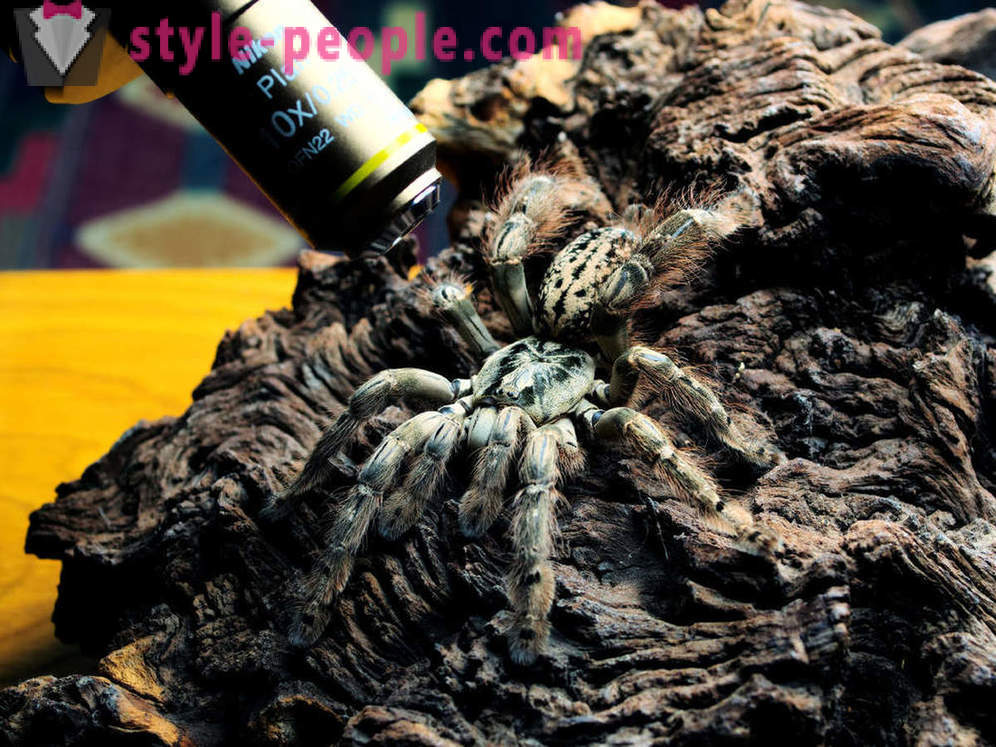Closeup of spider legs
• closeup spider legs
Do tarantulas beautiful? Highly. So says photographer Michael Pankratz, making macro shots spider legs.
Nature tried, and near the hairy legs of spiders look really nice and not scary.

Tarantulas - genus of large venomous araneomorphae from the family of wolf spiders.
Encyocratella olivacea - a real endemic, one of the few African tarantulas. It was first discovered in 1907 expedition in the jungles of Tanzania. (Photo by Michael Pankratz):
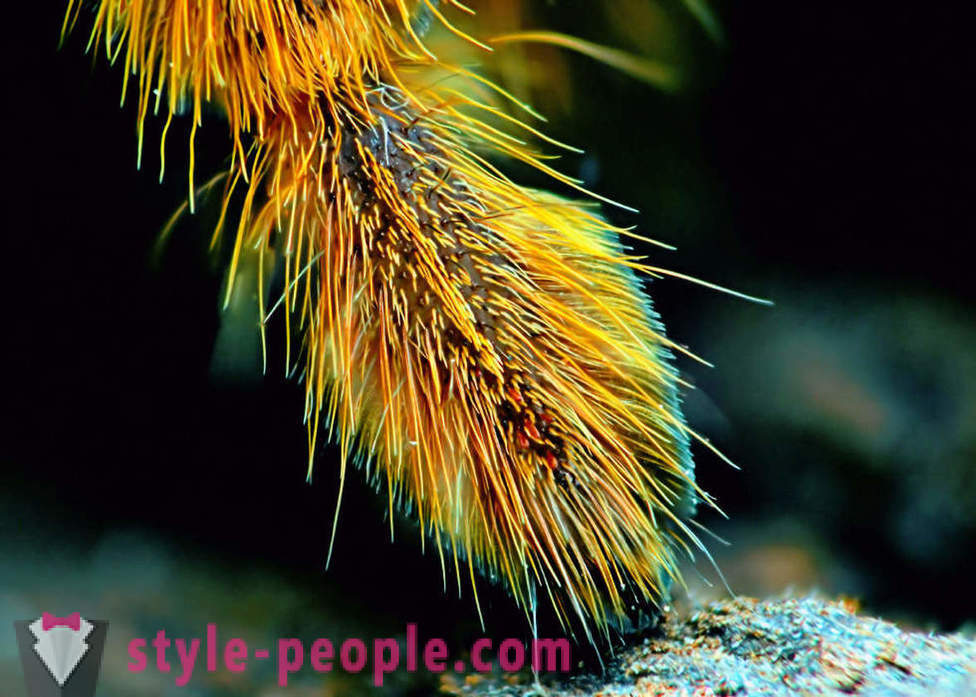
Brachypelma albopilosum is one of the most common spiders tarantulas all over the world. (Photo by Michael Pankratz):
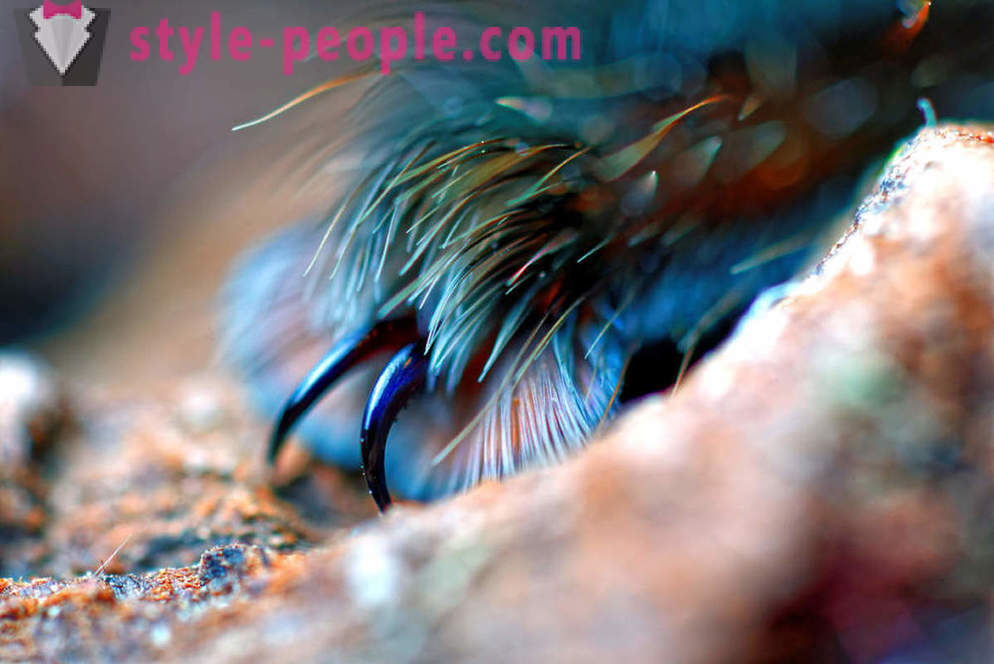
The spiders like a cat - are obligate carnivores. They feed primarily on insects and other small animals. (Photo by Michael Pankratz):
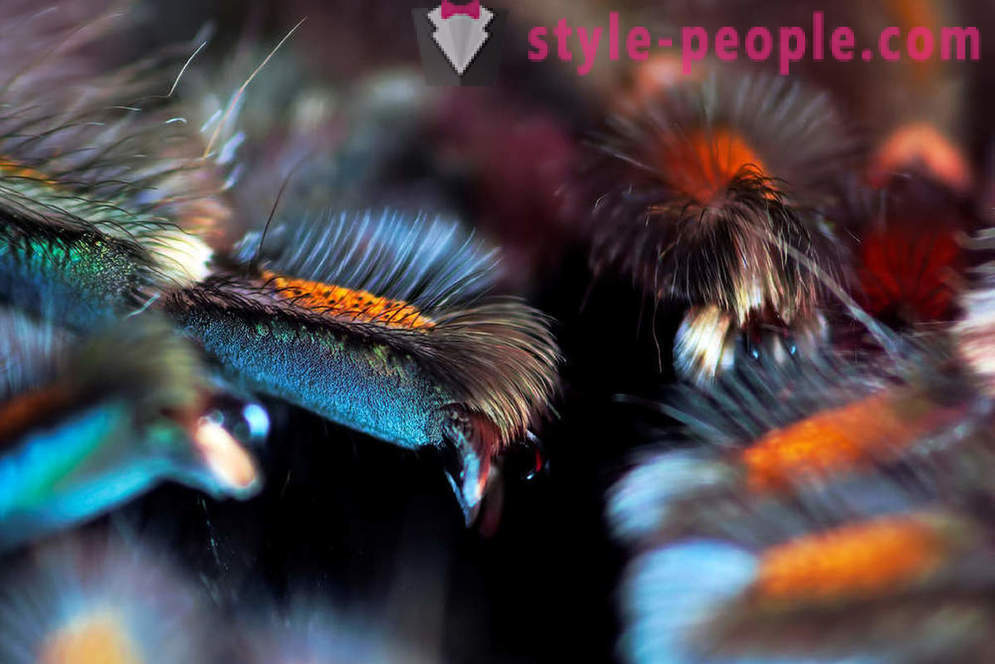
Tarantulas eat mainly insects: caterpillars, ground beetles, mole crickets, crickets, cockroaches, beetles, etc. Spider traps prey, sitting in his burrow, or freely moving over the surface... Attacking, paralyzes or kills poison. (Photo by Michael Pankratz):
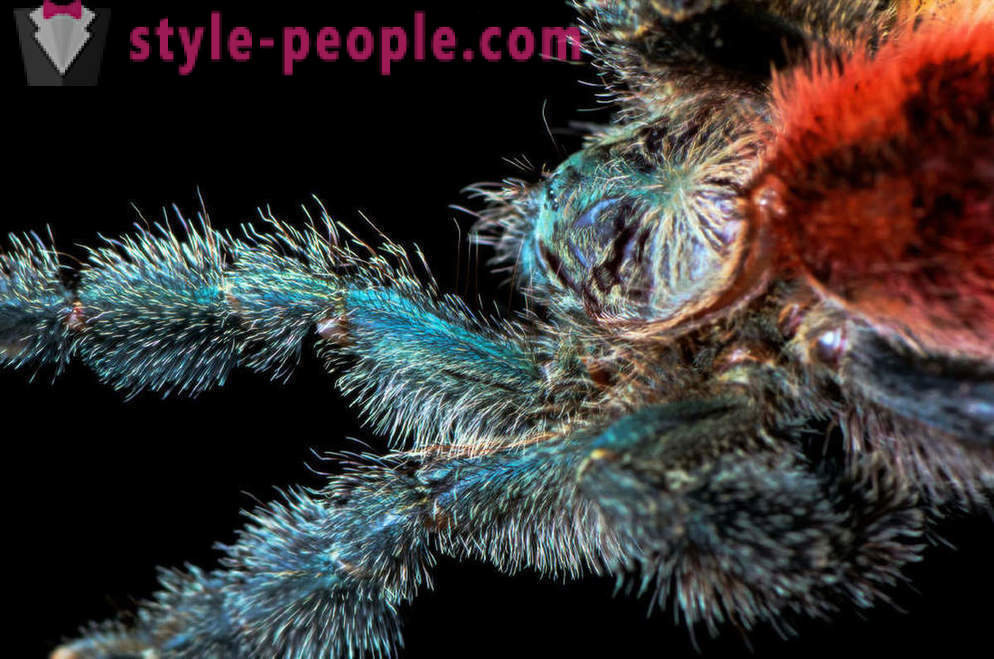
Although tarantula venom is deadly to some animals, it represents no danger to human life. (Photo by Michael Pankratz):
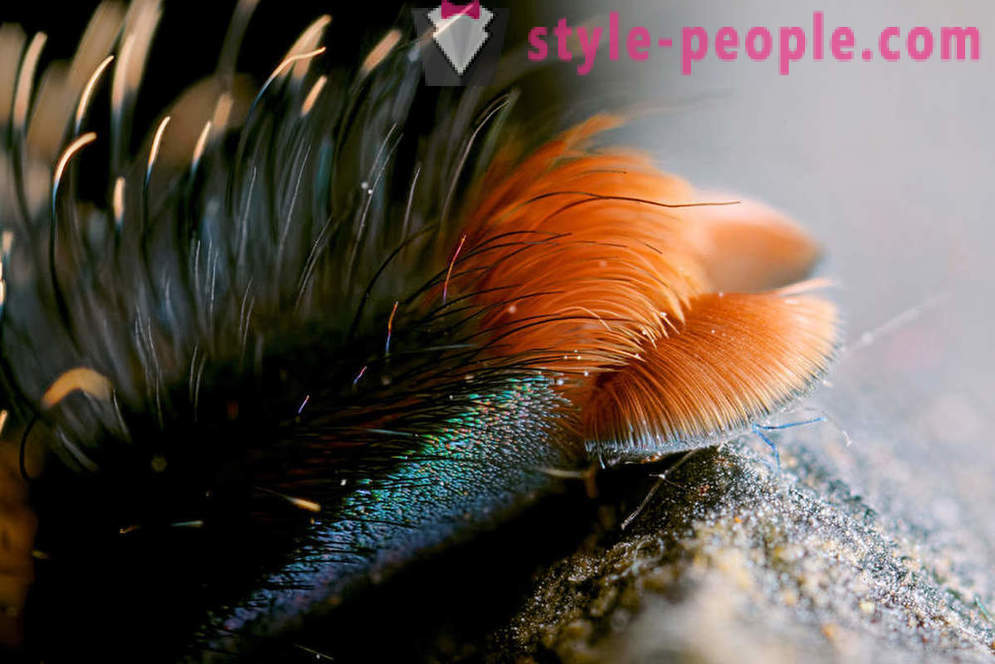
The body length of various representatives varies considerably: from a fraction of a millimeter to almost a dozen centimeters. The smallest spider - Patu digua reaches only 0, 37 mm. The largest spiders - tarantulas Goliath Birdeater, which can reach a body length of 9 cm and a leg span - up to 25 cm (Photo by Michael Pankratz):.
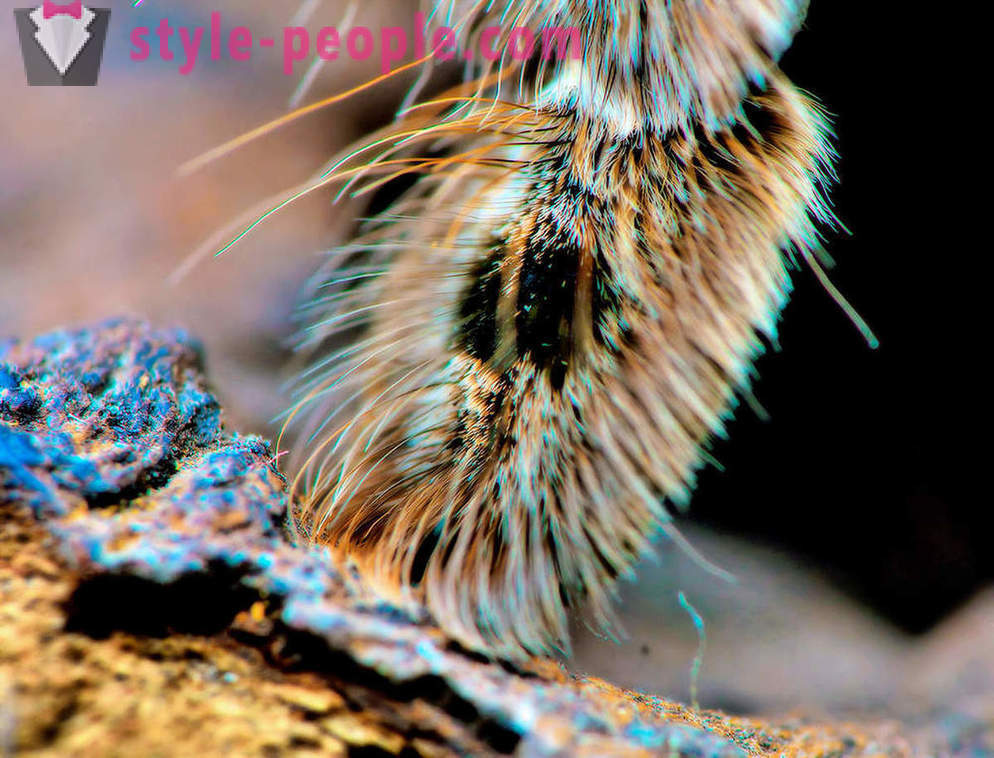
The spiders are found across the globe, but in the warm the edges of the greatest numbers of species. Almost all spiders - land animals. An exception is the spider, silverfish, which live in water. (Photo by Michael Pankratz):
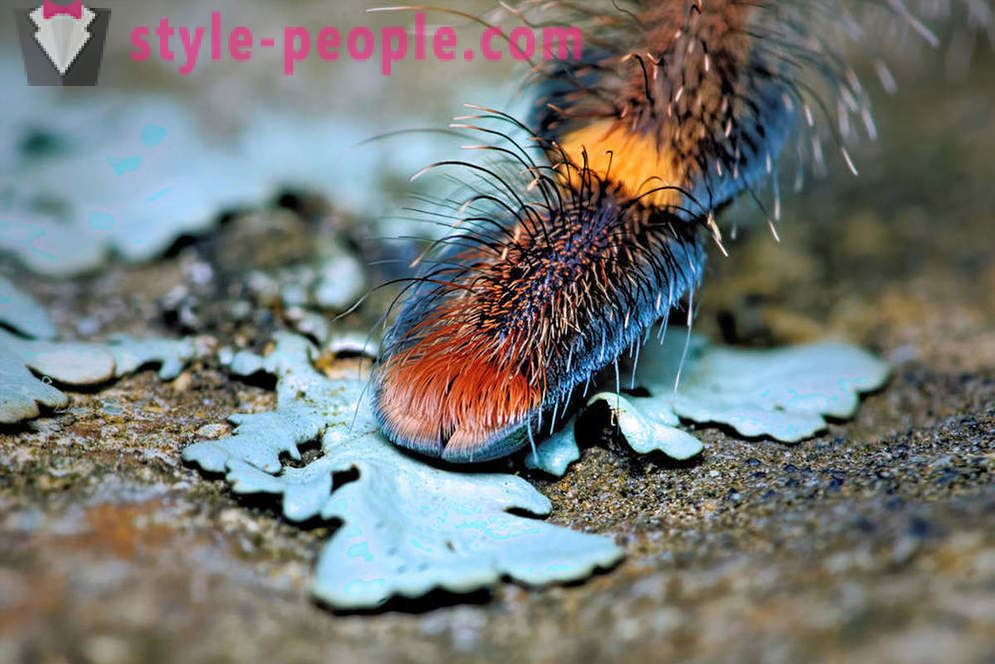
The majority spiders are nocturnal animals. Part of spiders build nests, shelters and burrows, while others do not have a fixed place of habitation. (Photo by Michael Pankratz):
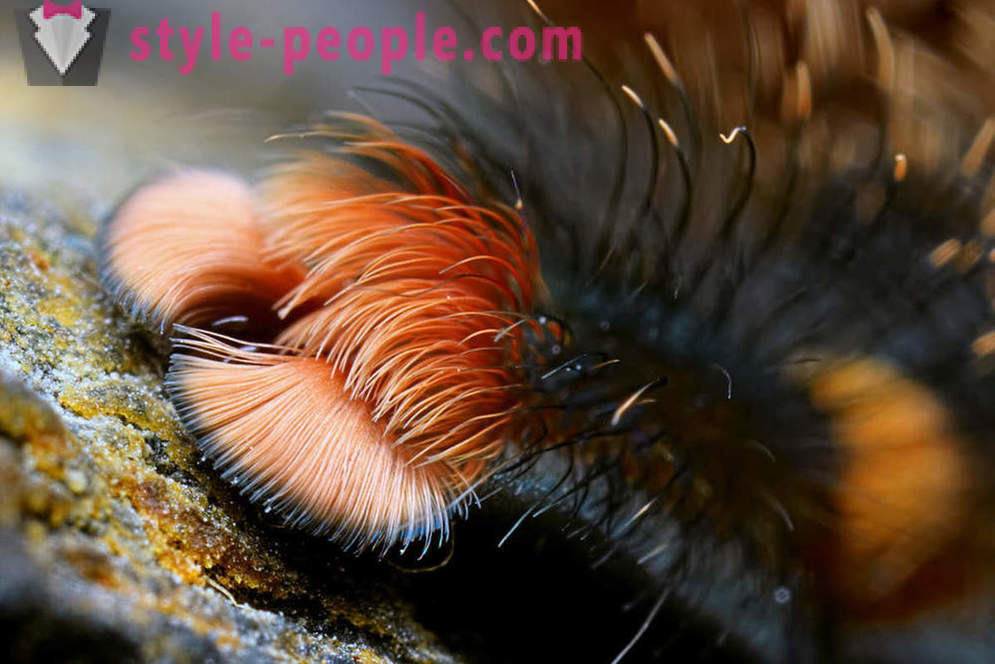
Gerald tarantulas. (Photo by Michael Pankratz):
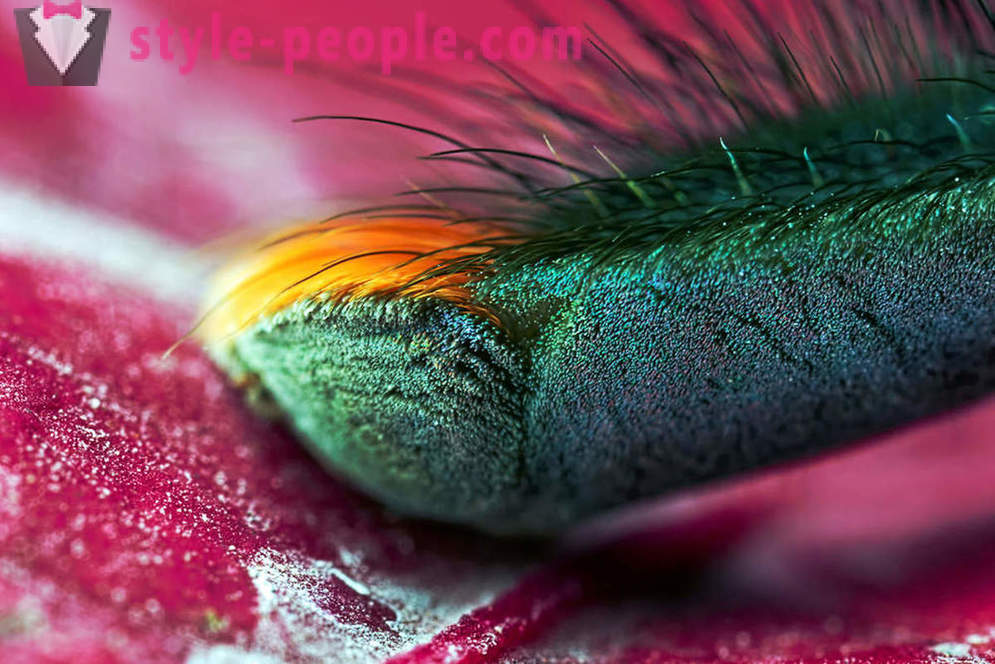
Psalmopoeus irminia - woody species of spiders. (Photo by Michael Pankratz):

By the way, the age of the oldest known fossil web - about 100 million years. (Photo by Michael Pankratz):
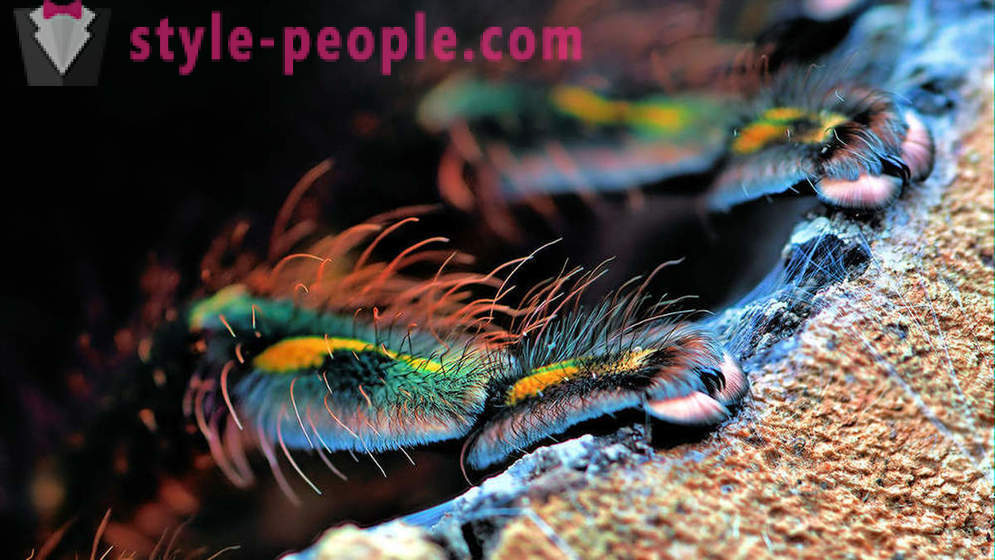
Most spider species bite humans only in the case of defense, and only a few species can cause more damage than a mosquito or bee. (Photo by Michael Pankratz):
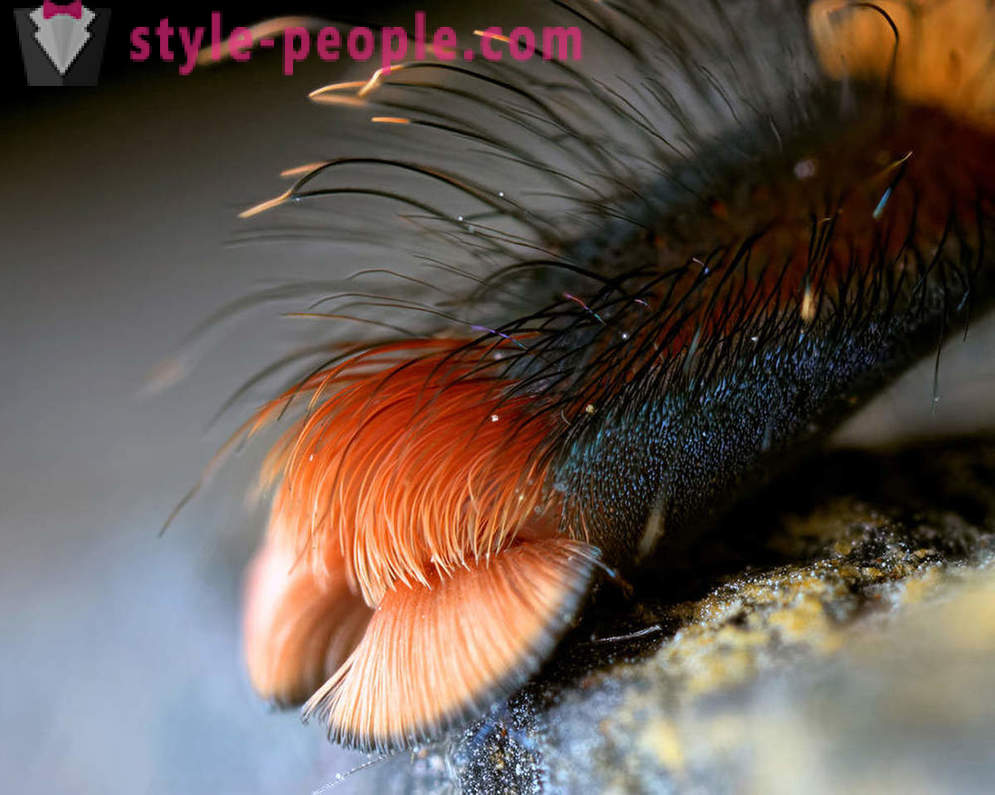
Spider shaggy paw. (Photo by Michael Pankratz):

And here is the process of photographing fell from the spiders. (Photo by Michael Pankratz):
